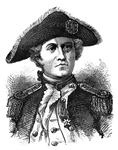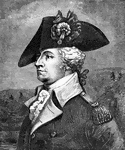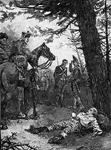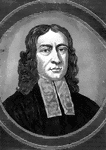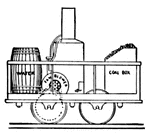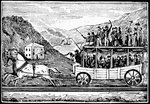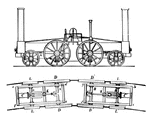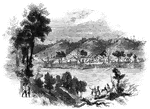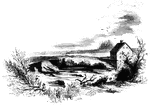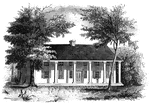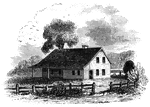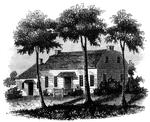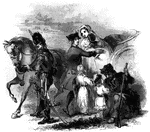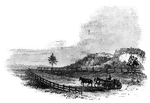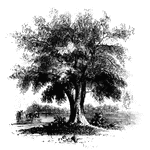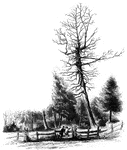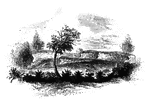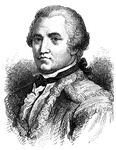
General Daniel Morgan
"General Daniel Morgan, general from Virginia and hero of Saratoga."—E. Benjamin Andrews, 1895
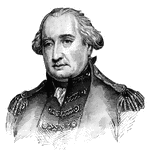
Lord Cornwallis
"Lord Cornwallis, key figure in the peace process between Britain and America."—E. Benjamin Andrews,…

Benjamin Franklin
"Benjamin Franklin managed men, the whilom printer, king's postmaster-general for America, discoverer,…
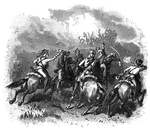
Tarleton encounter
"The encounter between Tarleton and Colonel Washington."—E. Benjamin Andrews, 1895
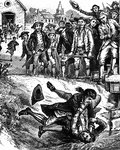
Shay's Rebellion
"A scene at Springfield, during Shay's Rebellion, when the mob attempted to prevent the holding of the…
Railroad Trail
"Trail between Peter Cooper's locomotive Tom Thumb and one of Stockton's and Stokes' horse…
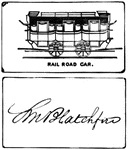
Railroad Ticket
"Obverse and Reverse of a ticket used in 1838 on the New York and Harlem Railroad."—E. Benjamin Andrews,…
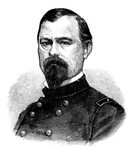
General Irvin McDowell
"General Irwin McDowell was an American general during the Civil War."—E. Benjamin Andrews 1895

St. Louis
"The American Line Steamship St. Louis, launched from the Cramps Docks, November 12, 1894."—E.…

Fraser Burial
Fraser's burial-place. The hill on which the 'great redoubt' was erected, and where General Fraser was…
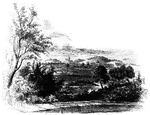
British Surrender
View of the place where the British laid down their arms. The sketch here presented, of the place where…

first interview
Site of the first interview between Gates and Burgoyne. This view is taken from the turnpike, looking…
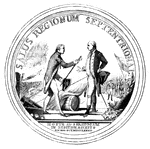
Gates Medal
Medal struck in honor of General Gates and his army. On the reverse side, Burgoyne is represented in…

Gates Medal
Medal struck in honor of General Gates and his army. On this side is a bust of General Gates, with the…
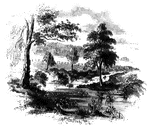
Bloody Run
Bloody Run, a stream which comes leaping in sparkling cascades from the hills, and affords fine trout…
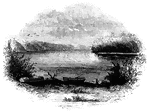
Fort Miller
Fort Miller fording-place. This was the crossing-place for the armies; and there are still to be seen…

River Bateau
A river bateau. Bateaux were rudely constructed of logs and planks, broad and without a keel. They had…

Cochran Grave
Grave of Colonel Robert Cochran, who commanded a detachment of militia at Fort Edward at the time of…

The Falls
View below the Falls. This view was taken from under the bridge, looking down the river. The cave opens…
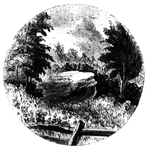
William's Rock
William's Rock. This view is taken from the road, looking northward. In the distance is seen the highest…
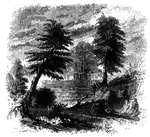
Bloody Pond
Bloody Pond. Tradition avers that for many years its waters bore a bloody hue, and it has ever since…
Long Point
Long Point and vicinity. This little sketch was taken from the steam-boat , near the south end of Long…

Sabbath Day Point
Sabbath Day Point. It is between three and four miles from the little village of Hague, in the midst…

